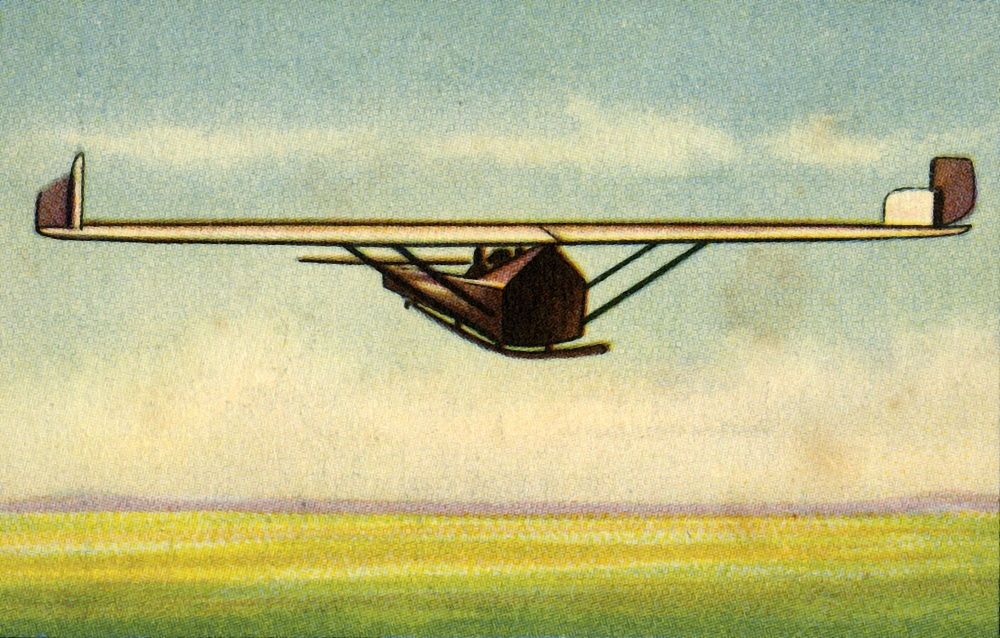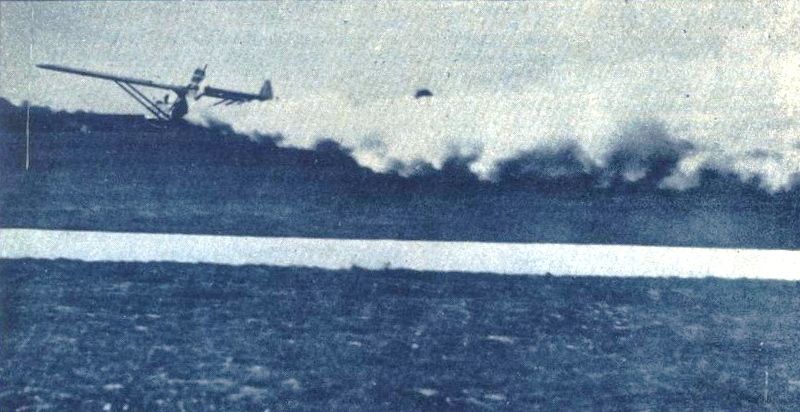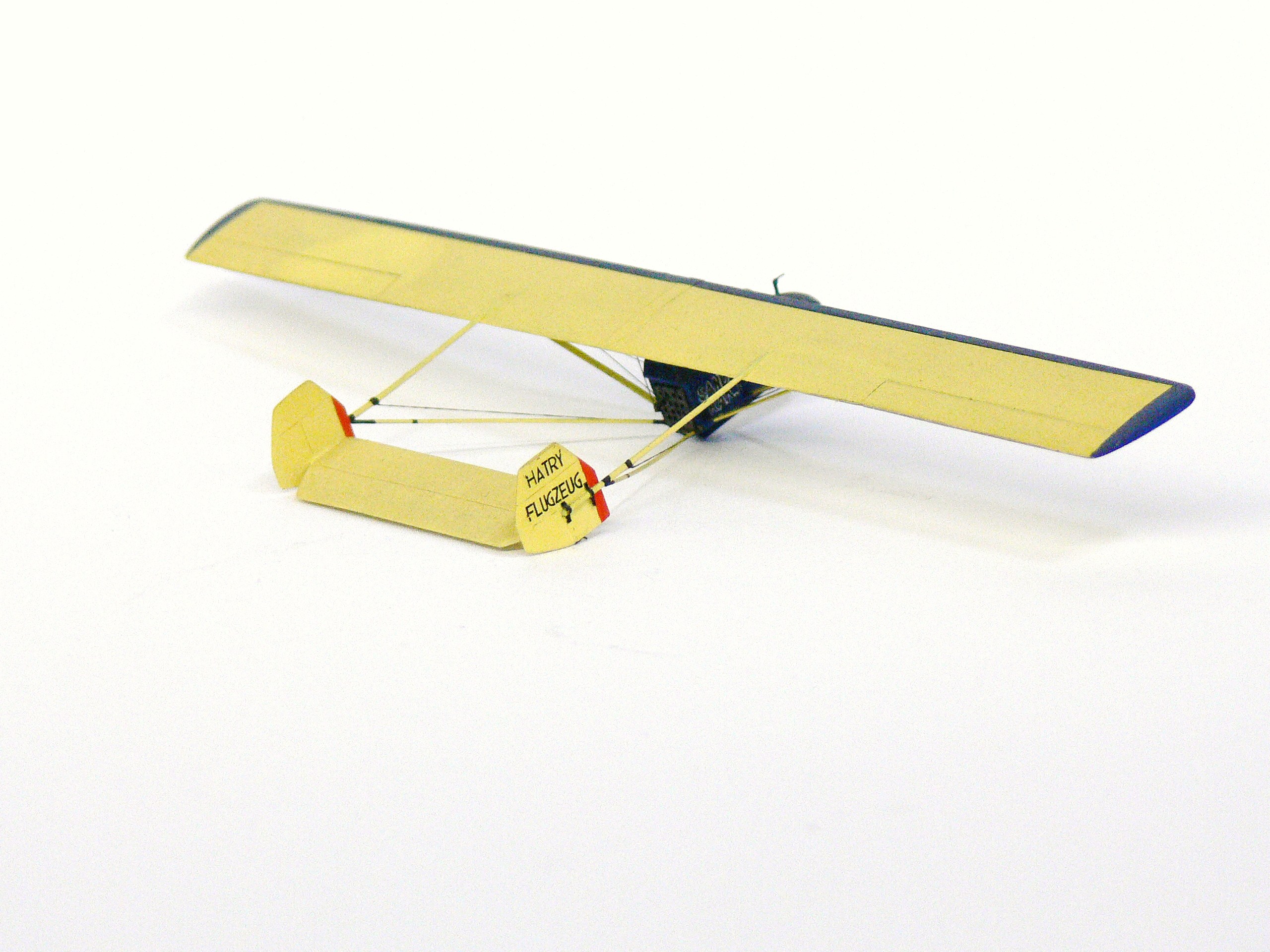Model of the month March 2021 Opel-Sander RAK
Opel-Sander RAK.1
The German automaker Fritz von Opel was very interested in technical innovations, Thus, in the late 1920s, he financed several projects of vehicles and airplanes with rocket propulsion (whether the financing of these things then led to the sale of the company to the U.S. corporation GM, or it was "only" the world economic crisis in 1929, has not become known).
In aviation, v. Opel first turned to the Rhön-Rossitten-Gesellschaft (RRG) on the Wasserkuppe, where Alexander Lippisch ("the one with the Me 163" and the wonderful gliders) had designed a duck plane (tailplane in front, wings in back), the Lippisch Duck.
In 1928 Opel sponsored tests on this aircraft using rocket engines as propulsion.
There were all sorts of unexpected difficulties, and eventually the machine burned in flight, but its pilot, Fritz Stamer (Lippisch's brother-in-law) was able to land before the glider burned completely (a wonderful replica is now in the German Gliding Museum at Wasserkuppe.
Lippisch duck in flight (cigarette pictures).
Opel did not give up and won the designer Julius Hatry for the project. He sold him an almost finished glider, the RAK.1, in order to continue the rocket launches, and prepared it for rocket launches. In the fall of 1929 Hatry flew 1400 m with a rubber rope launch and rocket assistance. The rocket was supplied by rocket pioneer Wilhelm Sander, hence Opel-Sander. It delivered 350 kg of thrust. Hatry was eclipsed as a designer by v. Opel.
Opel-Sander RAK.1 (Internet)
On September 30, 1929, Fritz von Opel himself took off at what was then Frankfurt's Rebstock Airport for the third time, after the first two attempts had failed. Now this happened in front of many spectators and members of the press, He gained about 20 m in hight, flew 2 km in 80 seconds and reached a speed of about 100 km/h. After the loss of the engines, the abrupt landing caused damage to the aircraft, which was not repaired. Opel remained sound and save.
It was a glider of shoulder-wing construction and had a double vertical stabilizer attached to the outer edges of the horizontal stabilizer (as, for example, on the later Dornier Do 17s). The tail unit was attached to the trailing edge of the wing and to the bottom of the fuselage by a batten construction, so that the 16 launch rockets with their exhaust jet did not hit any surfaces.
Technical data: Could not be determined!




